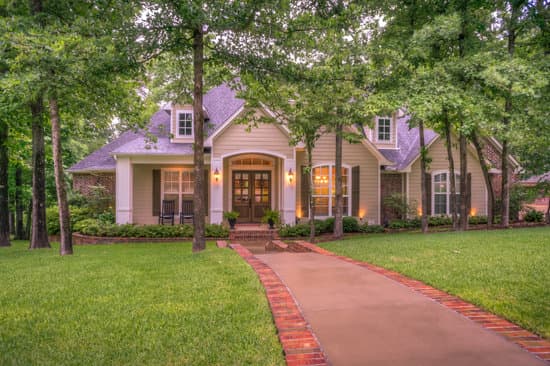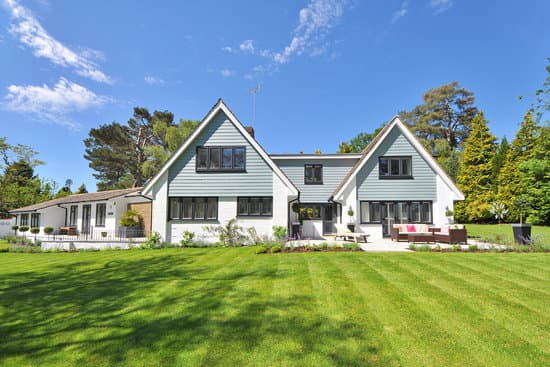Assessing the Situation: Is Your Grass Truly Dead?
Are you worried about the dead grass on your lawn? Before you start working on fixing it, you must assess the situation. One of the most common mistakes people make when their lawn turns brown is to assume that it’s dead and quickly replace it with new sod or seed. However, it’s essential to determine if the grass is alive or not. Here are some things you can do before taking any steps towards fixing your lawn. First, you can conduct a tug test. If the grass blades easily come out of the soil, then it’s likely dead, and you should consider replacing it. However, if the blades are difficult to pull out, then the grass is still alive. Additionally, check if there’s any green hue in the base of the dying grass blades; if you see it, it’s possible that your grass is just dormant and not dead.Lawn Care: Maintaining a Healthy Lawn
The best way to prevent brown spots and dead grass is to maintain a healthy lawn regimen. So, before you jump to any conclusions about your grass being dead, check if you’ve been taking proper care of it. A well-maintained lawn needs consistent watering, mowing, and cleaning to stay robust. Watering your lawn deeply but infrequently (about once a week) is the most effective way to keep your grass green and healthy. Additionally, you should mow your lawn frequently, cutting only one-third of the grass’s length at a time. Lastly, cleaning up any debris, leaves, or other items off your lawn will help your soil breathe and prevent thatch buildup.Thatch Removal Tips to Revive Your Lawn
Thatch is the buildup of dead and partially dead grass blades that accumulate on top of the soil. It can create a barrier between the grass leaves and the soil, preventing nutrients and water from penetrating the ground. Removing thatch is an essential step in reviving a dead lawn. You can remove thatch manually using a rake, or you can hire a professional to dethatch your lawn with specialized machines. It’s essential to remove thatch promptly before it gets too thick, as it can cause irreparable damage to your lawn. Top Tips for Removing Thatch:- Rake your lawn daily to keep thatch from accumulating.
- Use a dethatching machine for severe thatch buildup.
- Water your lawn thoroughly before dethatching to keep the soil soft.
Soil Aeration: Preparing for Fertilization
Soil aeration is another crucial step towards reviving dead grass. It involves puncturing small holes throughout your lawn to loosen the compact soil and allow air, water, and nutrients to penetrate the ground. Soil aeration should be done before fertilizing your lawn. You can use a manual or motorized soil aerator for this process. It’s best to aerate your lawn when the soil is moist, and the grass blades are dry. After aerating your lawn, leave the soil plugs on the ground as they will eventually decompose and add nutrients to your soil.How to Conduct Soil Tests for Effective Fertilization
Soil tests are essential for determining your soil’s nutrient levels and pH balance. Conducting a soil test can help you understand which fertilizers to use to optimize plant growth. There are various DIY soil test kits available in hardware stores, or you can send a sample of your soil to a testing lab to get accurate results. When testing your soil, take samples from multiple areas of your lawn to get a comprehensive reading. Make sure to follow the instructions on the test kit carefully. Once you have the results, you’ll know the right fertilizer type and quantity to use.Sod or Seed Options: Choosing the Best Solution
Depending on the severity of the dead grass on your lawn, you’ll have to decide whether to sod or seed the area. Sod installation is faster and more expensive, while seeding is slower and cheaper. Keep in mind that both options require consistent after-care and maintenance. If your grass is entirely dead or your lawn is prone to many weeds, sod is your best option. Additionally, if you want a lush-looking yard quickly, choose sod over seed. If your grass is still alive, seeding may be enough to revive your lawn.Properly Installing Sod: Rolling and Watering Techniques
If you’ve decided to install sod, it’s essential to do it correctly to ensure proper rooting and growth. The following are essential steps to take when installing your sod:- Roll the Sod: After installation, roll the sod to reduce any air pockets that may prevent proper water and nutrient absorption.
- Water Regularly: Water your lawn daily for the first two weeks after installation, then reduce the frequency to every other day, and eventually to once a week. Make sure to water your lawn deeply rather than lightly.
The Key to Successful After-Care and Maintenance for a Lush Lawn
After successfully reviving your lawn, consistent after-care is essential to keep your lawn looking luscious. Here are some crucial maintenance tips to keep your grass green and healthy:- Mow your lawn regularly and maintain a proper blade length.
- Fertilize your lawn twice a year, following your soil test results.
- Water your lawn once a week for about 1-2 hours.
- Remove any debris off your lawn regularly.





















